Should you have more than one team using the same Kubernetes cluster?
Can you run untrusted workloads safely from untrusted users?
Does Kubernetes do multi-tenancy?
This article will explore the challenges of running a cluster with multiple tenants.
Multi-tenancy can be divided into:
- Soft multi-tenancy for when you trust your tenants — like when you share a cluster with teams from the same company.
- Hard multi-tenancy for when you don't trust tenants.
You can also have a mix!
The basic building block to share a cluster between tenants is the namespace.
Namespaces group resources logically — they don't offer any security mechanisms nor guarantee that all resources are deployed in the same node.
Pods in a namespace can still talk to all other pods in the cluster, make requests to the API, and use as many resources as they want.
Out of the box, any user can access any namespace.
How should you stop that?
With RBAC, you can limit what users and apps can do with and within a namespace.
A common operation is to grant permissions to limited users.
With Quotas and LimitRanges, you can limit the resources deployed in the namespace and the memory, CPU, etc., that can be utilized.
This is an excellent idea if you want to limit what a tenant can do with their namespace.
By default, all pods can talk to any pod in Kubernetes.
This is not great for multi-tenancy, but you can correct this with NetworkPolicies.
Network policies are similar to firewall rules that let you segregate outbound and inbound traffic.
Great, is the namespace secure now?
Not so fast.
While RBAC, NetworkPolicies, Quotas, etc., give you the basic building blocks for multi-tenancy is not enough.
Kubernetes has several shared components.
A good example is the Ingress controller, which is usually deployed once per cluster.
If you submit an Ingress manifest with the same path, the last overwrites the definition and only one works.
It's a better idea to deploy a controller per namespace.
Another interesting challenge is CoreDNS.
What if one of the tenants abuses the DNS?
The rest of the cluster will suffer too.
You could limit requests with an extra plugin https://github.com/coredns/policy.
The same challenge applies to the Kubernetes API server.
Kubernetes isn't aware of the tenant, and if the API receives too many requests, it will throttle them for everyone.
I don't know if there's a workaround for this!
Assuming you manage to sort out shared resources, there's also the challenge with the kubelet and workloads.
As Philippe Bogaerts explains in this article, a tenant could take over nodes in the cluster just (ab)using liveness probes.
The fix is not trivial.
You could have a linter as part of your CI/CD process or use admission controllers to verify that resources submitted to the cluster are safe.
Here is a library or rules for the Open Policy Agent.
You also have containers that offer a weaker isolation mechanism than virtual machines.
Lewis Denham-Parry shows how to escape from a container in this video.
How can you fix this?
You could use a container sandbox like gVisor, light virtual machines as containers (Kata containers, firecracker + containerd) or full virtual machines (virtlet as a CRI).
Hopefully, you've realized the complexity of the subject and how it's hard to provide rigid boundaries to separate networks, workloads, and controllers in Kubernetes.
That's why providing hard multi-tenancy in Kubernetes is not recommended.
If you need hard multi-tenancy, the advice is to use multiple clusters or a Cluster-as-a-Service tool instead.
If you can tolerate the weaker multi-tenancy model in exchange for simplicity and convenience, you can roll out your RBAC, Quotas, etc. rules.
But there are a few tools that abstract those problems from you:
And finally, if you've enjoyed this thread, you might also like:
- The Kubernetes workshops that we run at Learnk8s https://learnk8s.io/training
- This collection of past threads https://twitter.com/danielepolencic/status/1298543151901155330
- The Kubernetes newsletter I publish every week https://learnk8s.io/learn-kubernetes-weekly


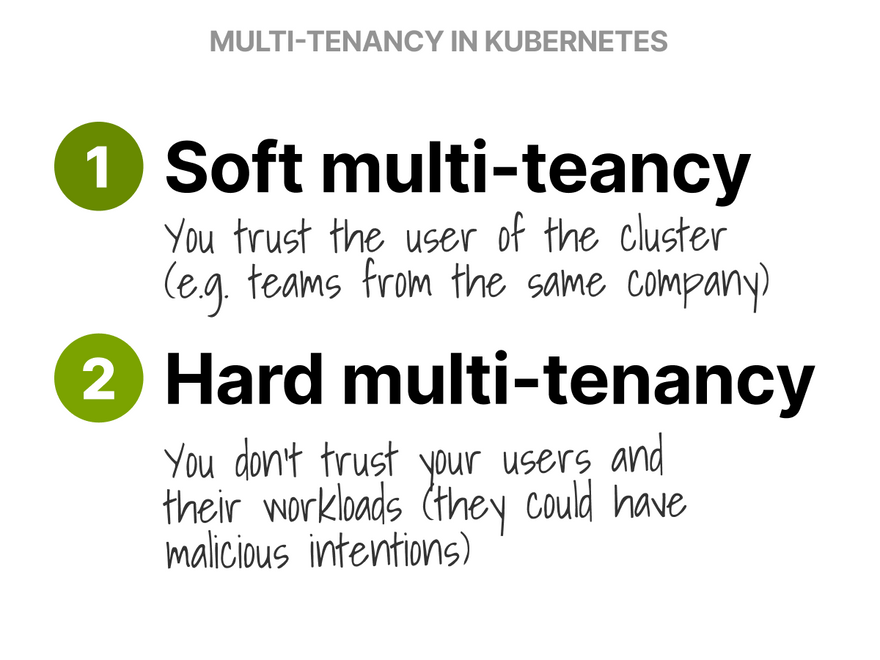

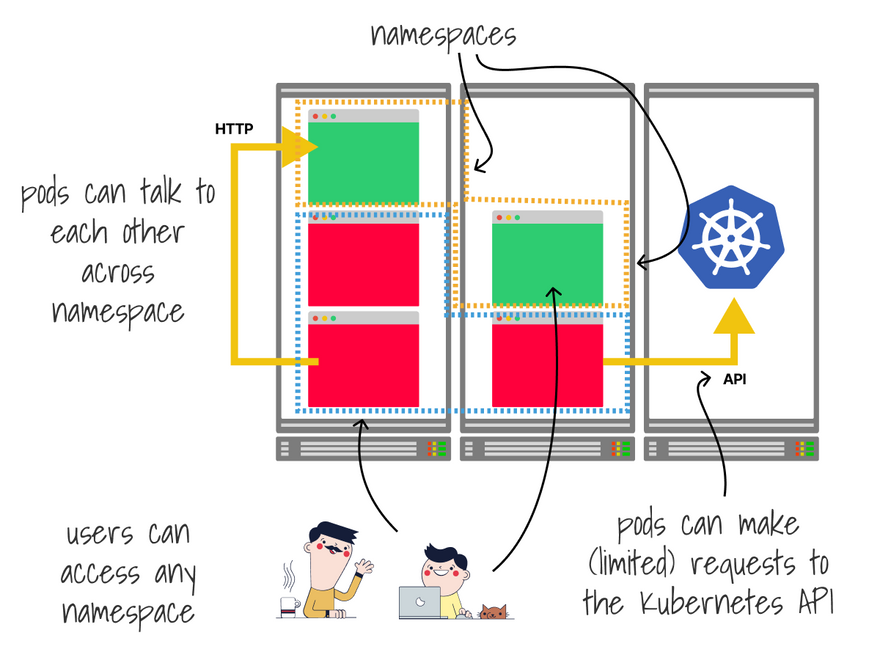

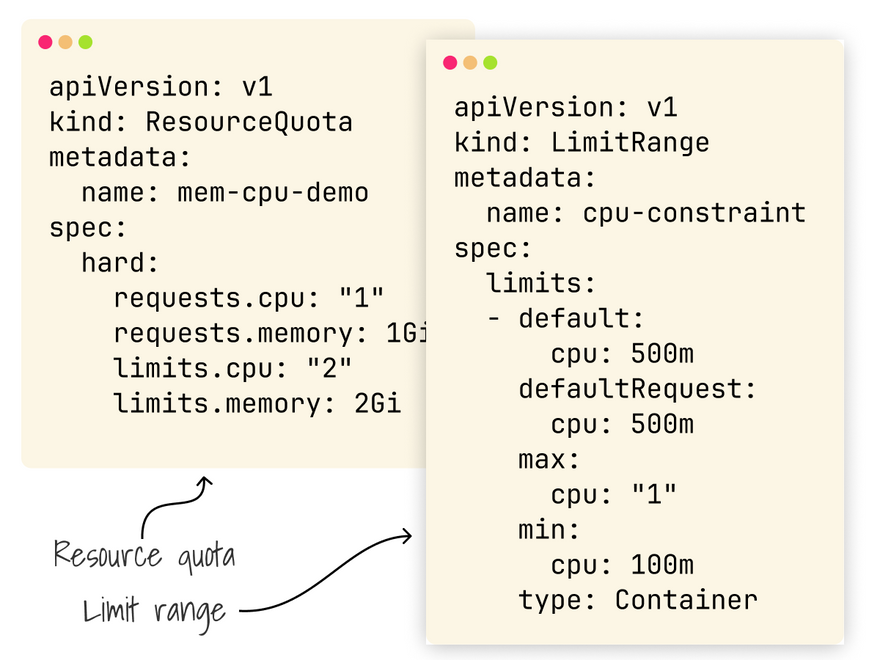

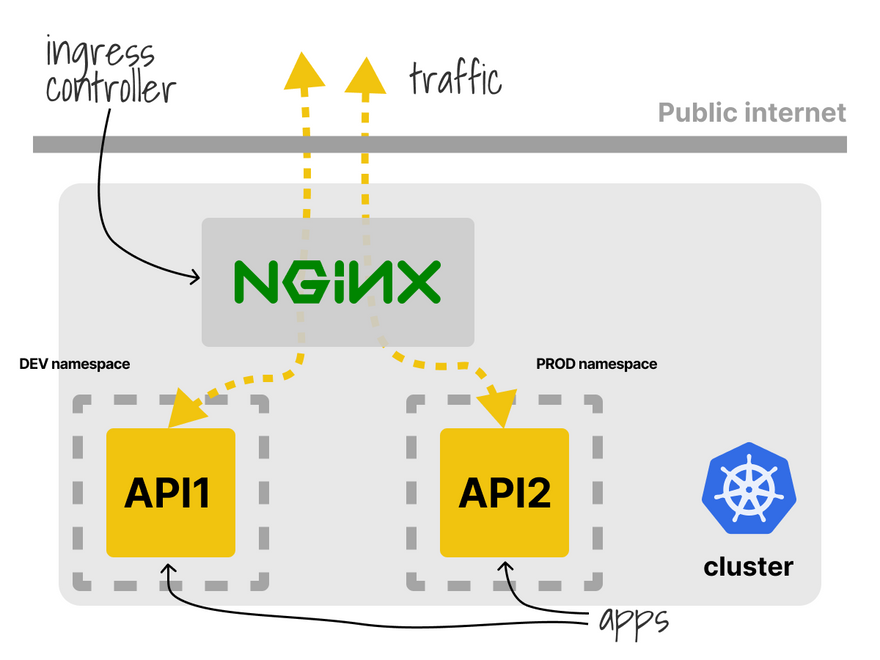
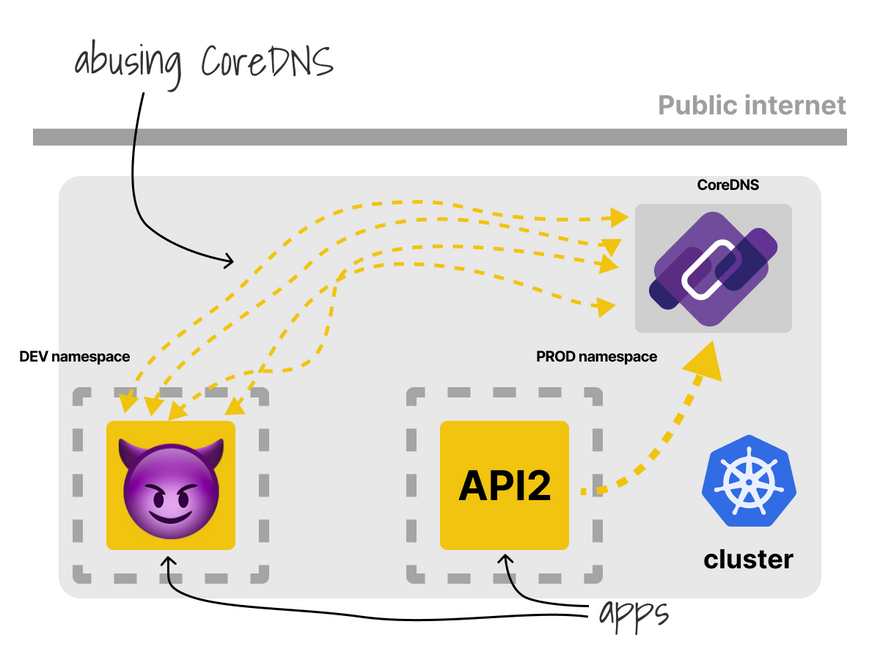
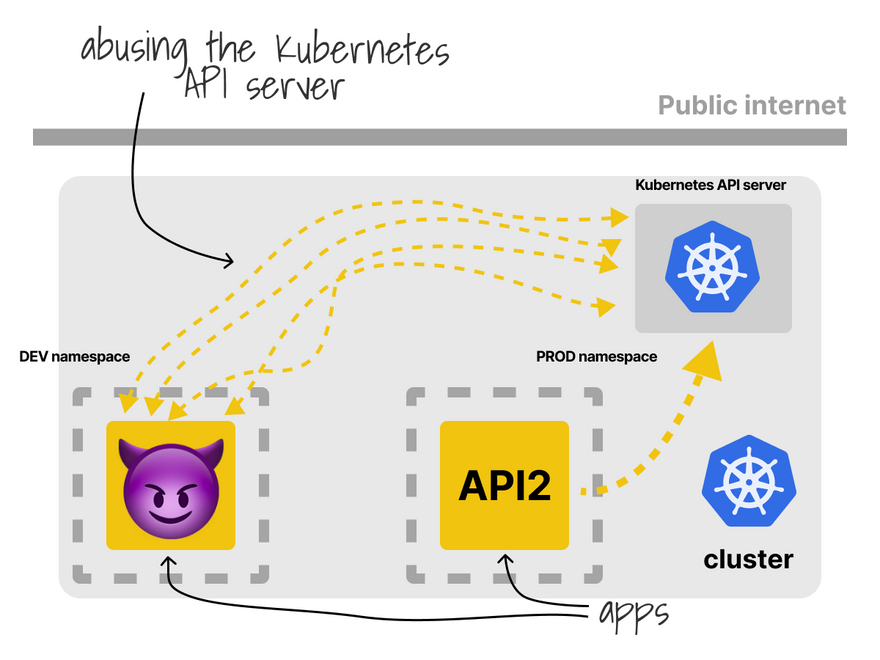

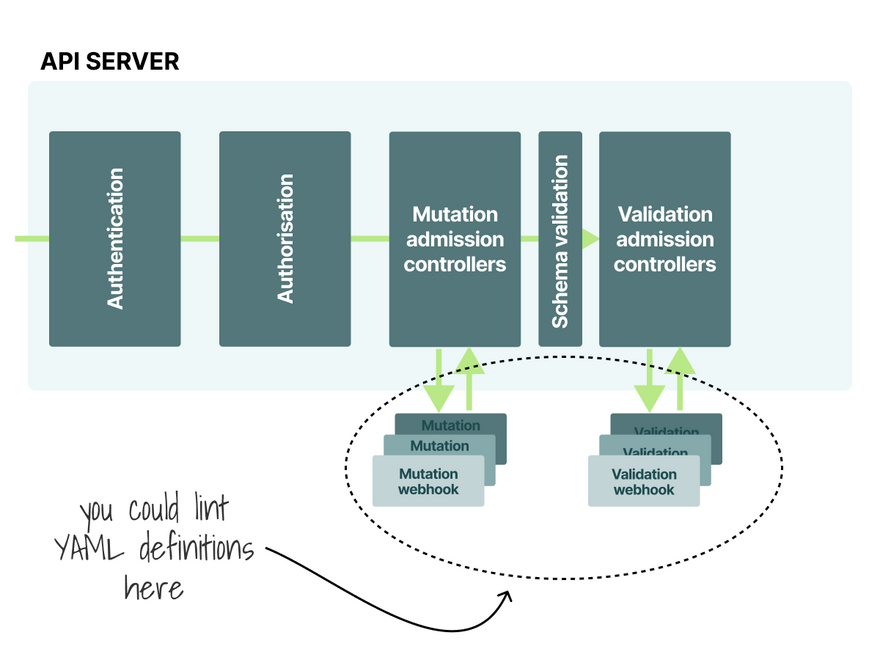
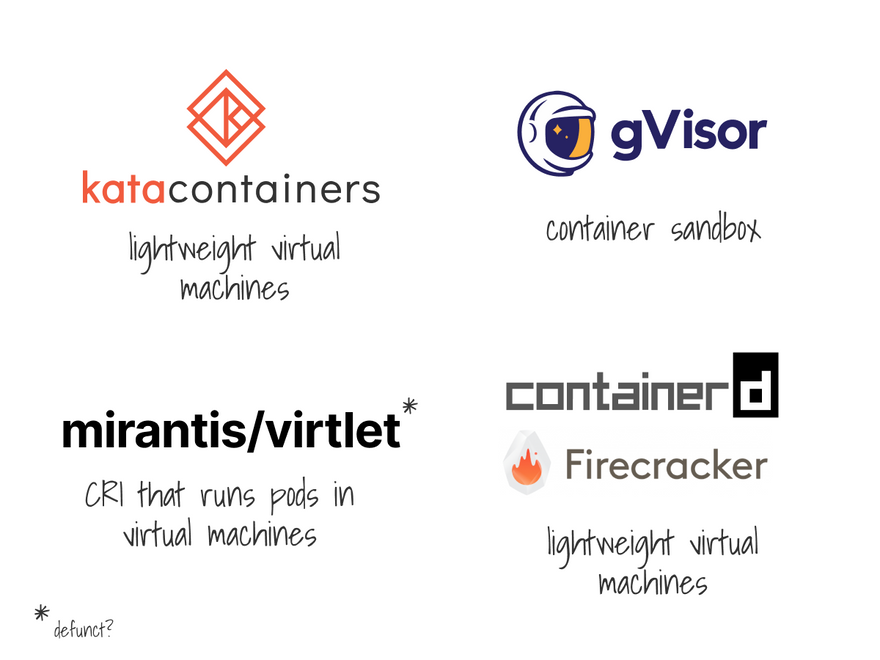

Oldest comments (2)
Multi-tenancy in Kubernetes allows multiple users or applications to share a single cluster while ensuring isolation. By using namespaces, RBAC, and resource quotas, Kubernetes ensures that each tenant has secure and fair access to resources. For example, in a scenario like www-sss-gov-ph online, Kubernetes can manage different users' workloads while maintaining proper isolation and security. This approach maximizes infrastructure efficiency while minimizing conflicts between tenants.
When the internet connection is cut off, instead of feeling annoyed, many people feel... excited. Because this is the time when Dinosaur Game - the legendary dinosaur game of Google Chrome - appears to "rescue" you from boredom.